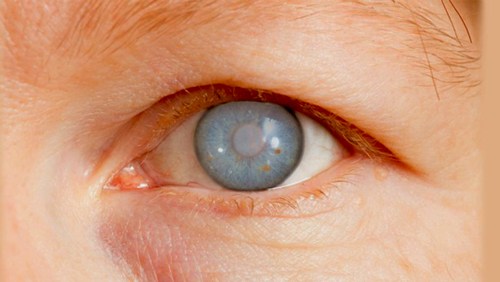American researchers have announced a groundbreaking scientific discovery that could represent a decisive step toward the early diagnosis and potential treatment of glaucoma—one of the most dangerous eye diseases, known for its gradual and irreversible loss of vision. The study, led by a team at the University of Missouri, revealed the crucial role of two natural molecules in the body that may, in the future, help prevent the progression of the disease or allow its detection at an early stage.
The discovery focuses on two molecules: agmatine and thiamine (vitamin B1). The results show that their levels are significantly lower in individuals with glaucoma compared to healthy people, making them potential biomarkers that could enable doctors to detect the disease before eye pressure rises and irreversible damage appears. According to Bawan Singh, an ophthalmology researcher at the University of Missouri, many patients remain unaware of their condition until later in life, by which time optic nerve damage has already occurred.
The study, published in Investigative Ophthalmology and Visual Science, also found that increasing the levels of these two molecules in mice with glaucoma reduced retinal inflammation, protected retinal ganglion cells—typically targeted by the disease—and improved their visual performance. Laboratory experiments further showed that both agmatine and thiamine can reduce photoreceptor cell death when exposed to pressure, improving understanding of mechanisms that may help prevent vision loss.
The research also included an analysis of aqueous humor (the intraocular fluid) in 19 glaucoma patients and 10 healthy individuals. Out of 135 chemical compounds examined, both molecules were found at noticeably lower levels in glaucoma patients. The research team believes these findings could pave the way for developing neuroprotective treatments or medications that target retinal inflammation, a major cause of vision loss.
Researchers also suggest that this discovery could open new possibilities for early diagnosis through a simple blood test, enabling intervention before vision damage becomes irreversible. However, they emphasize that translating these findings into clinical treatments will require extensive human trials before any new therapeutic protocols can be approved.


